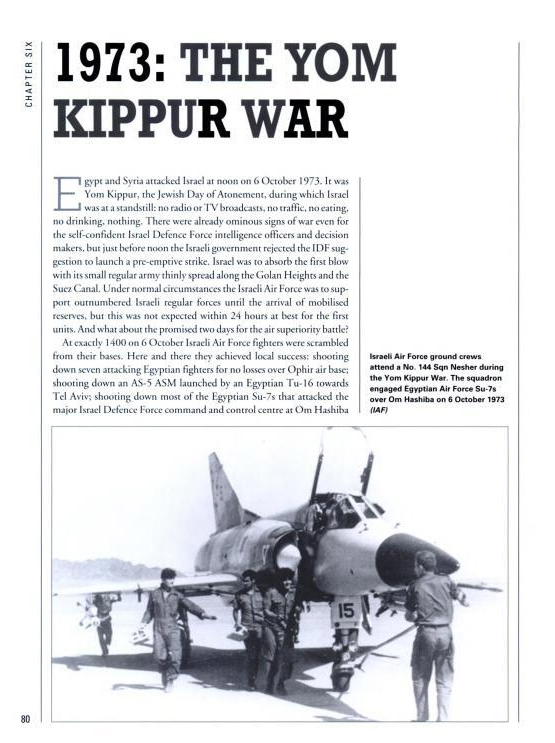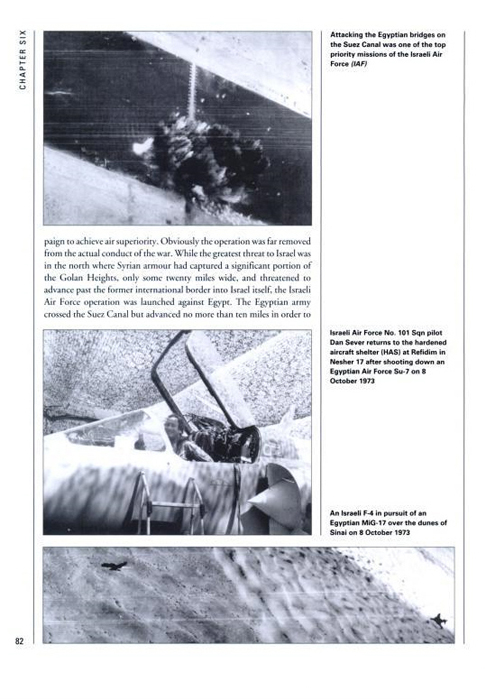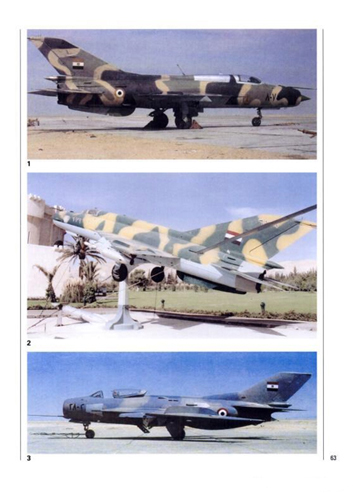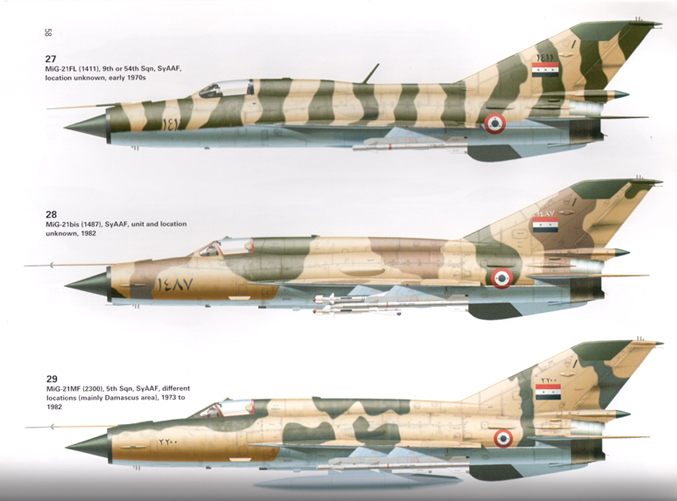As I explained in a previous post, during my travel in Syria in November 2008, I had the opportunity to visit an interesting museum: the “Tishreen War Panorama Museum”, in Damascus. The Museum was built to celebrate the War that took place in the October 1973 (”Tishreen” means “October” in Arabic), known also as the Yom Kippur (the Jewish Day of Atonement) War. The war was fought by Syria and Egypt against Israel, to conquer the Sinai peninsula and the Golan Heights lost in the Six Days War in 1967. Actually, the memorial got its name by the 360° painting located inside the cylindric-shaped “citadel” that portraits the “panorama” of the battle of Quneitra, the city in the Golan Heights conquered by the Israelis during the “Six days War” that the Syrians were taking back in 1973. The collection comprises both Syrian equipment (aircraft, tanks, cannons) and Israeli equipment captured during the 1973 war and in 1982 war in Lebanon.
As I returned from the visit, I was eager to find more information about the Syrian Arab Air Force involvement in the 1973 war. I was also interested in finding some more details about a Mig-21 and a MI-8 of the Quwwat al-Jawwiya al Arabiya as-Souriya (Syrian Arab Air Force, SyAAF) exhibited at the Museum, and I started looking for facts, dates and reports. However, the SyAAF is most probably one of the most secretive air forces of the world. If you try to search in the Internet you (probably) won’t find much about this Middle East air force and very little has been published on the subject. Pictures are rare as well. The most detailed analysis of the Yom Kippur war (and much more) I was able to find, was in an Osprey Publishing book: Arab Mig-19 and Mig-21 units in combat. Osprey is an independent England-based book publisher specializing in military history, that runs several aviation series, including the extremely popular Aircraft of the Aces and Combat Aircraft series. Every book contains everything I and many other aviation experts or enthusiasts look for: aircraft data, diagrams, maps, serials, and pictures. The “Arab Mig-19 and Mig-21 units in combat” (Paperback; March 2004; 96 pages; ISBN: 9781841766553) title is not only focused on the SyAAF involvement in the Yom Kippur war. 
In the following days the Mig-21s clashed with the Israeli fighters, downing attacking F-4s and Mirage IIIs (that suffered losses and damages also because of the Syrian SAM-belt and anti-aircraft fire). The book contains the detailed descriptions of several engagements. One of them is described as follows: “…..Minutes later, a 7th Sqn section led by Capt. Asaf, surprised four F-4s in the Tartus area. All the Syrian pilots managed to fire their missiles, but they either malfunctioned or were launched too close, as only one of Asaf’s scored a hit. A Phantom II immediately fell, while the rest of the Israeli formation accelerated and outpaced the Migs westward. Almost two hours later another F-4 formation was detected approaching Sayqal air base. Eight Mig-21s led by Capt Kahwaji were scrambled, and the two formations clashed head-to-head north of Damascus. A wild mêlée followed in which Kahwajii outmanoeuvred one of the Phantom IIs and attacked it with two missiles. One went ballistic byt the other scored a direct hit, entering the F-4E’s jet-pipe and reducing the aircraft to a brilliant fireball. Kahwaji’s aircraft was then hit by another Phantom II, but he ejected safely…….” . The SyAAF Mig-21s took part to the desperate defense of Damascus as the Israeli were advancing in Syrian territory. Even if the ceasefire was was called by UN resolution 338 to start at midnight on Oct. 22, fighting did not cease until Oct. 24 and according to the “Situation Report in the Middle East as of 1200 EDT, 10/23/73”, issued by the Department of State Operations Center, a large air battle took place near Syria capital town in the morning of Oct. 23, 1973: SyAAF claimed 60 Israeli fighters were involved of which, 11 were shoot down; the IDF said 10 Syrian aircraft were downed.
As said, among the Syrian equipment exhibited at the Tishreen, there is a Mig-21. The fighter has no markings but the serial number “676″ (in Arabic) on the left side of the tail and carries two AA-2 Atoll missiles and two UB16 pods for 16 57mm rockets. I took many pictures of this aircraft that you can see along with all the rest of the images of the Tishreen War Panorama Museum at the following address: http://lowpassage.com/2009/05/15/tishreen-war-panorama-museum-damascus-syria-november-2008/. The Osprey book has an interesting colour picture of the aircraft whose caption explains: “A Mig-21MF in completely reparinted Syrian Air Force markings and camouflage on display outside the 1973 War Panorama Museum in Damascus. The serial 767 (note it is actually 676) is painted in black outlined in white, which was never seen of machines actually in service. Furthermore, the SyAAF crest painted on the aircraft’s nose was probably not applied to any operational aircraft either. The aircraft has R-3S air-to-air missiles beneath its inner underwing pylons, plus UB-16 unguided rocket-pods attached to the outer pylons”. I fyou compare the picture by Tommy Vicard (the one in the middle at pag. 63) with the ones I took in 2008, you will notice that the aircraft has been repainted. Actually, it currently has a colour scheme that was never used in the past. Among the many drawings in the book, showing the different camouflaged Mig-21 of the SyAAF from the ’60s to the ’80s, there is none similar to the one currently applied to the machine exhibited in the Museum.
The “Enemy side” of the Tishreen Panorama, hosts also some the remains of an Israeli F-4 Phantom downed in Lebanon (unfortunately, ther


The Chapter contains some rare images: gunsight camera sequences and pictures taken by reconnaissance aircraft during recce missions. Noteworthy, even on Israeli side there are a lot of images depicting Egyptian Mig-17 and Mig-21 shot down but not many images of the Syrian aircraft: another evidence that the SyAAF is an extremely secretive air force…..










